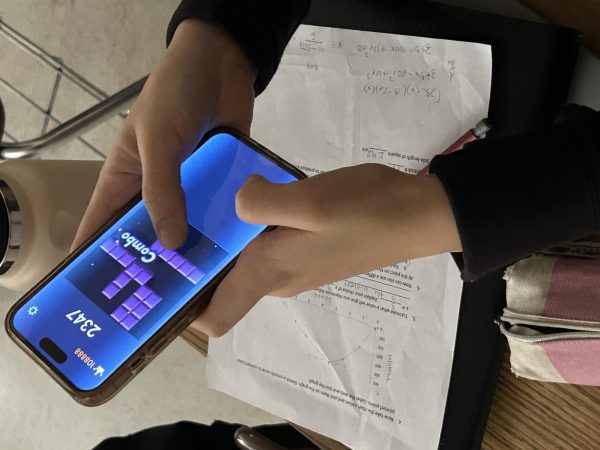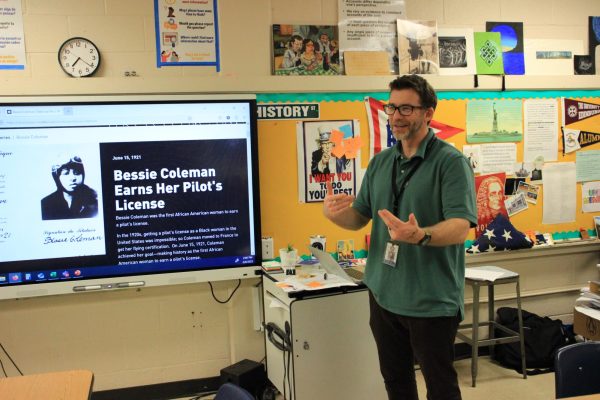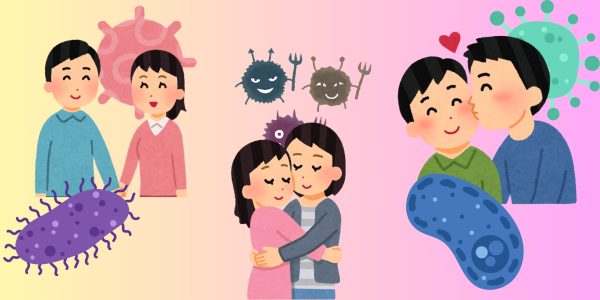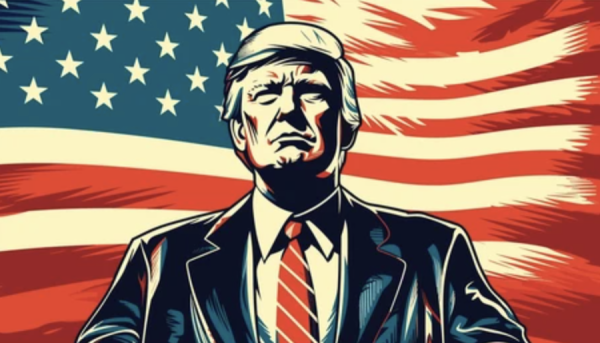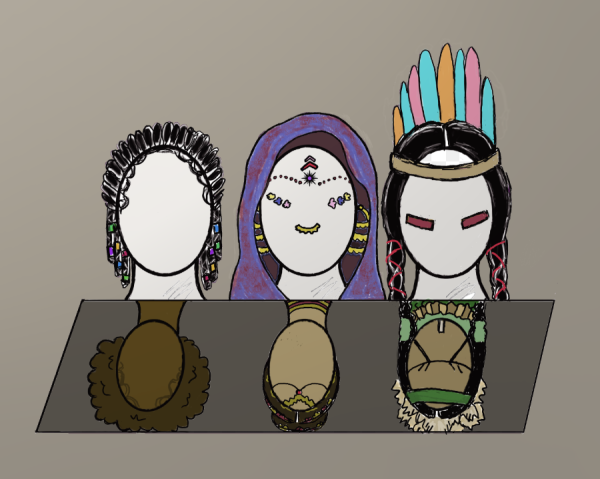Stereotypes: The African-American Hair Edition
Hair. It’s ubiquitous, around us everyday, and yet African-American hair in particular is extremely confusing to most. The unique way that it can change from straight to natural with just a drop of water seems unparallel to the hair of other ethnicities, but is it? Why does the simplest change enact such a dramatic response from a plethora of people?
To understand the effect of Black hair, it’s necessary to know all the details first. African-American people are born with a certain texture of hair. It generally isn’t luscious, free flowing, or oily. It is coarse, curly, and consumed with character.
Each and every African-American person’s hair is different, but all have a universal quality: water is kryptonite. When a Black woman or man has straight hair, it’s not natural. It means that they either have a press or a perm. Pressing hair molds it into a temporary straight state and a perm allows a period of six to eight weeks where the hair is completely straight regardless of the amount of water applied. However, there are some exceptions to the rule.
For instance, some hair is more susceptible to being converted to natural even if a perm is applied. Yes, this may all seem magical, but it is very simple. Water plus straight hair equals natural. It’s the universal mathematical equation for African-Americans.
Nevertheless, some are harshly judged for the way they choose to style their hair. Natural hair is often viewed in society as unprofessional, unclean and unfit for the current social environment. It makes some individuals uncomfortable because it isn’t considered the norm.
Weave combats these issues as the new compromise for African-American women. It allows them to be viewed as professional while protecting the natural hair underneath. It comes in numerous forms but the most common is sew ins.
Sew ins occur when a woman’s natural hair is braided into a circle around the head and the weave is literally sewn into the braids on the scalp. The benefits of this include a worry-free hair style along with the natural look; however, it can be done incorrectly and that’s where bad stereotypes arise.
“Hair doesn’t define the person it’s just an accessory,” Josey Chumney (12) said.
The stereotypes regarding hair also extend to African-American males, mainly because they are seen as “the same” when their hair is anything except cut “down to size.” They, like African-American women, wear natural styles like twists, dreads, etc. But instead of being seen as out of the norm, it has become the norm. Society deems these styles as copying one another’s looks when it is only an extension of the creativity that can be expressed with African-American hair.
The real question isn’t what makes African-American hair special, but why does it have to be judged? It isn’t up to society’s discretion on how a woman wears her hair, nor is it up to society’s discretion on how similar male styles are. Hair is hair. It’s as simple as that. What your hair looks like shouldn’t be a groundbreaking issue.
“All hair is beautiful, I don’t think there’s a such thing as bad hair,” Jared Mitchell (12) said. “You should just be proud of how God made you.”
Your donation will support the student journalists of White Station High School. Your contribution will allow us to purchase equipment and cover our annual website hosting costs.



































